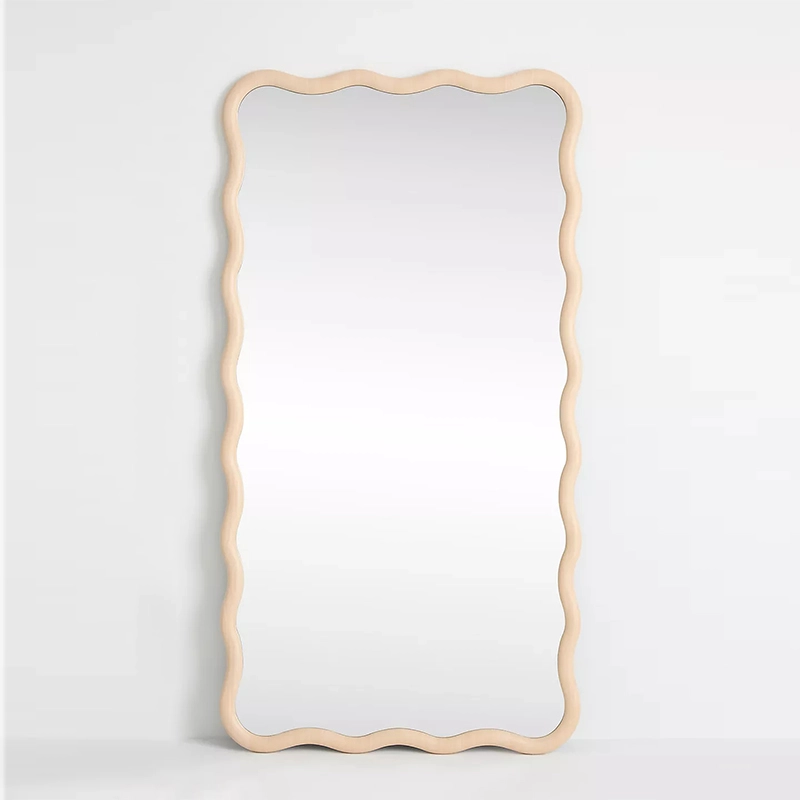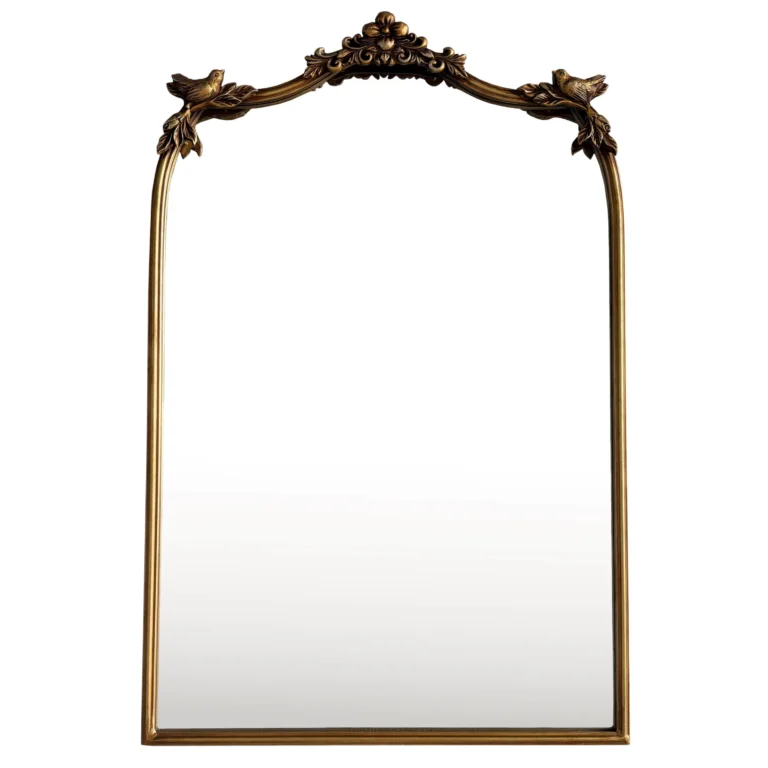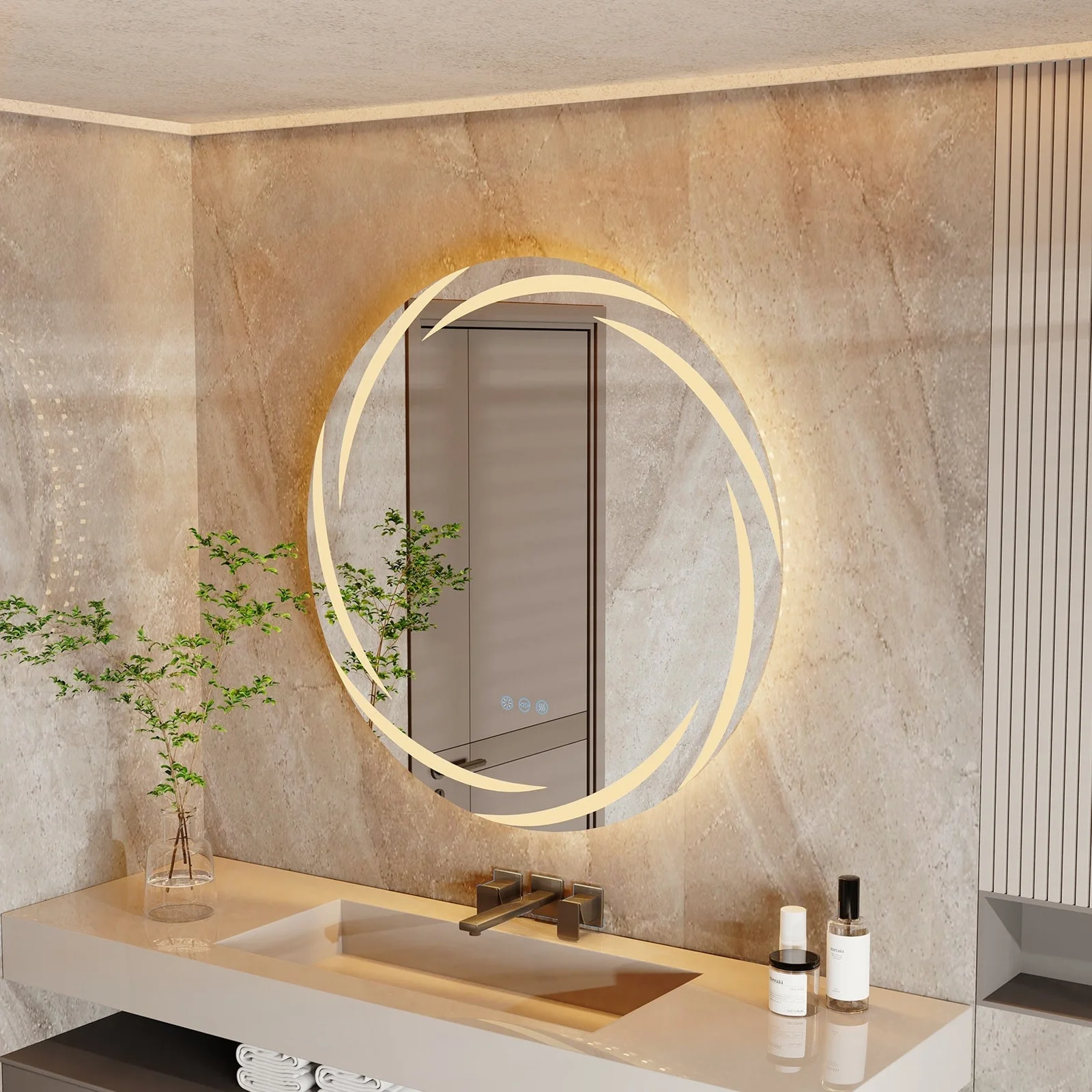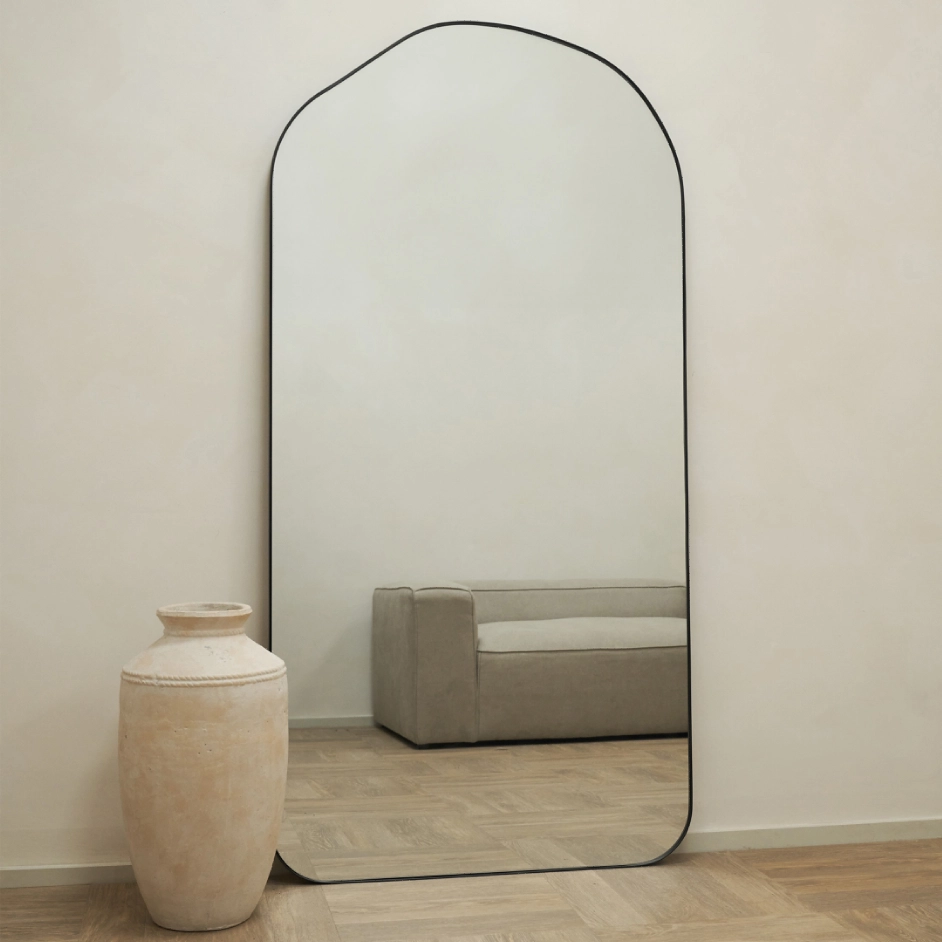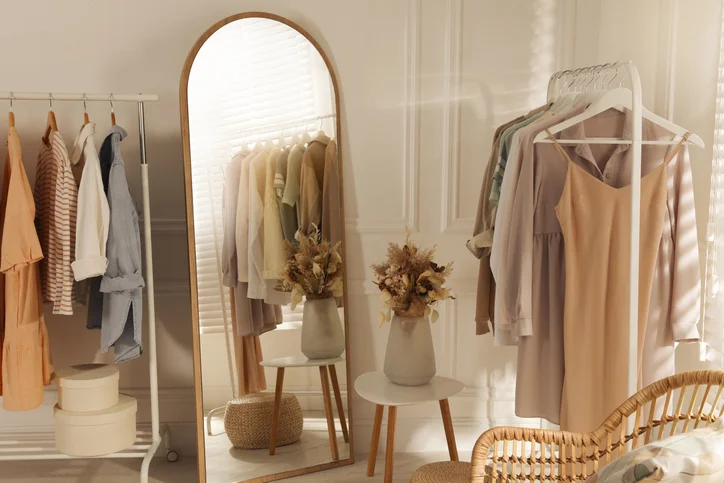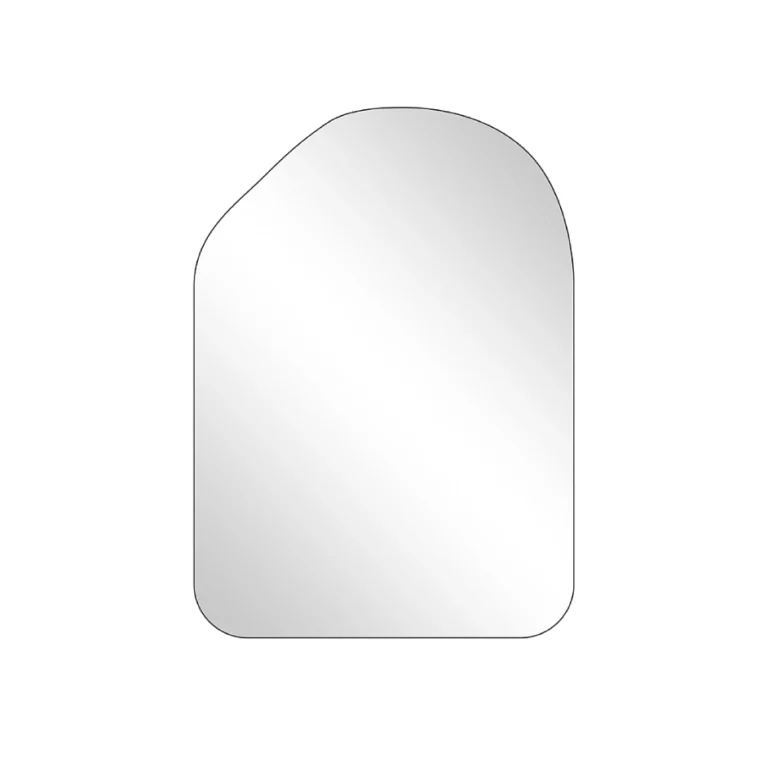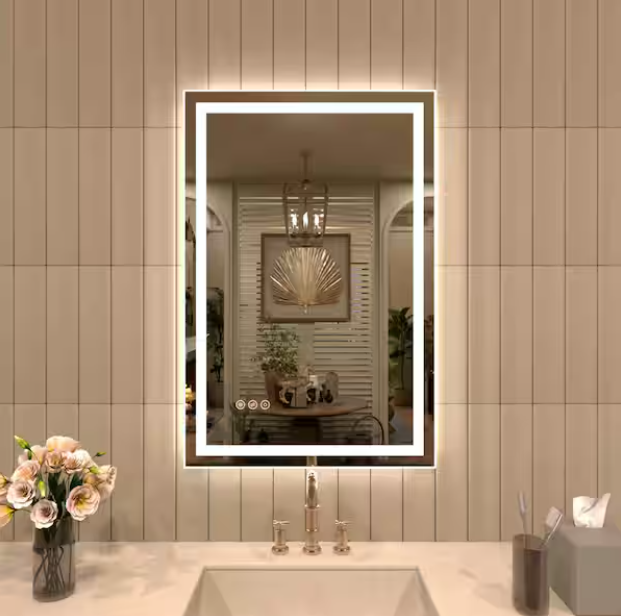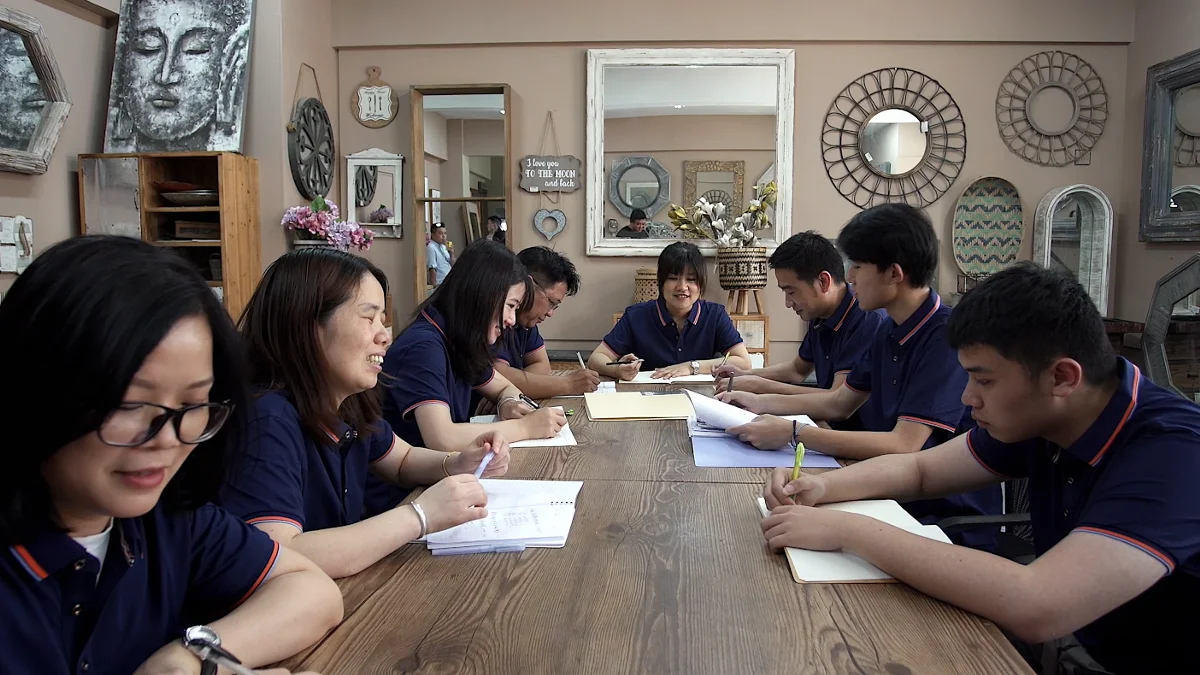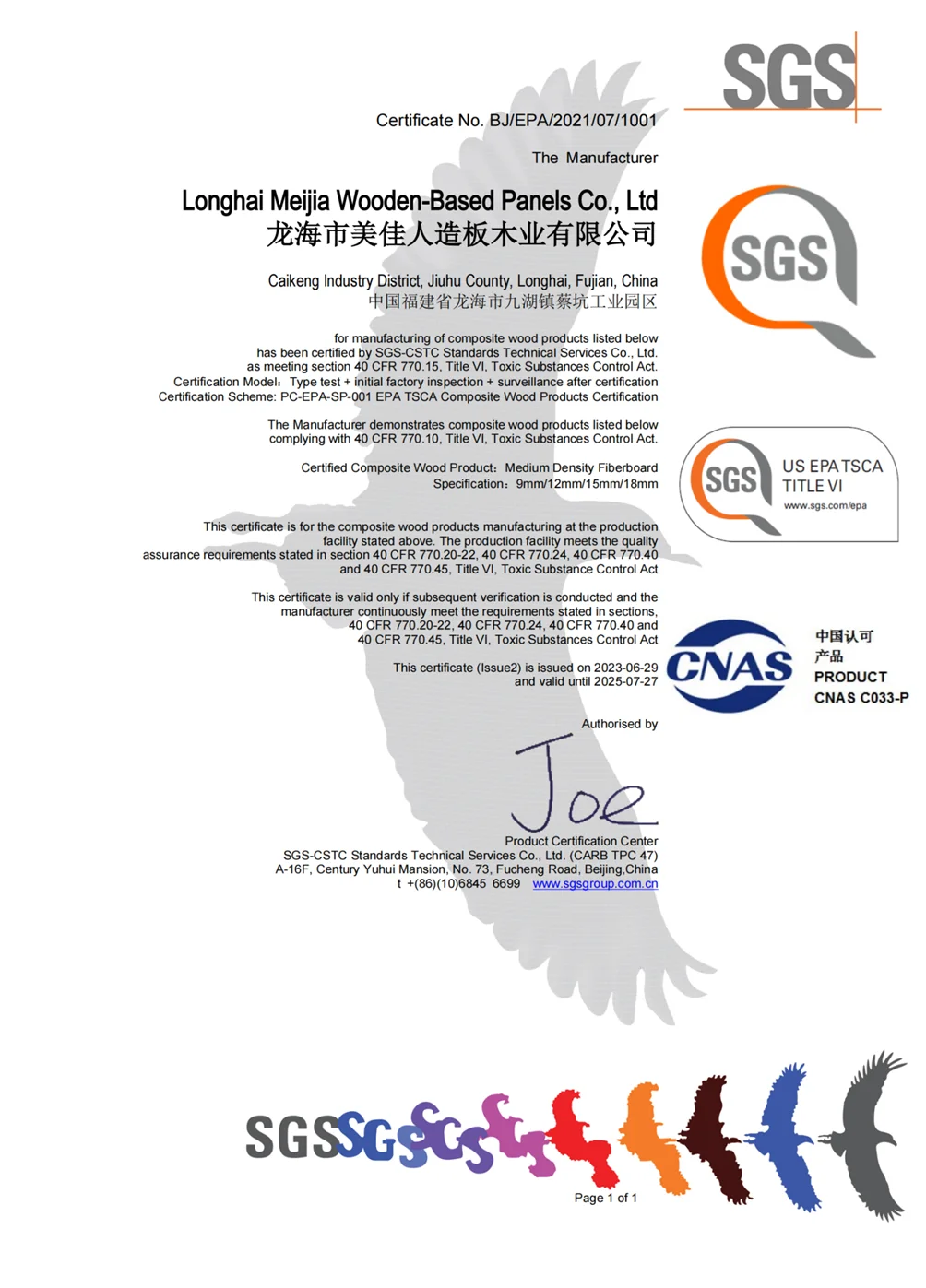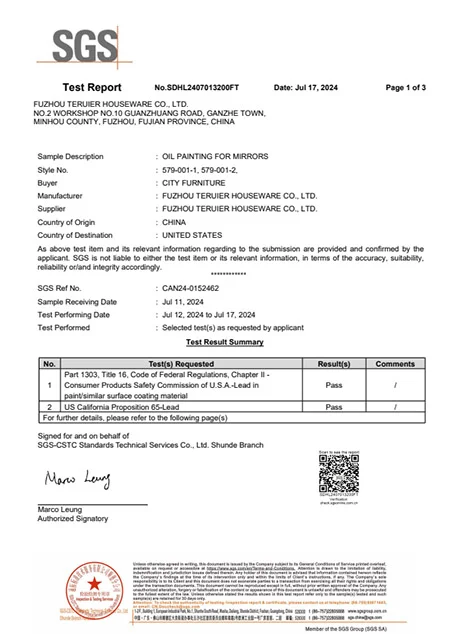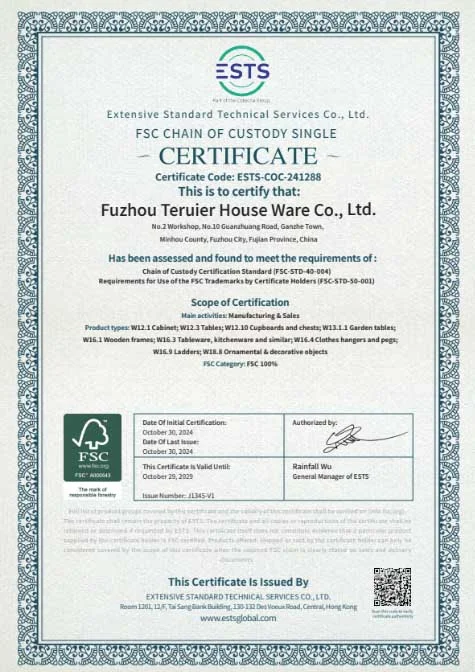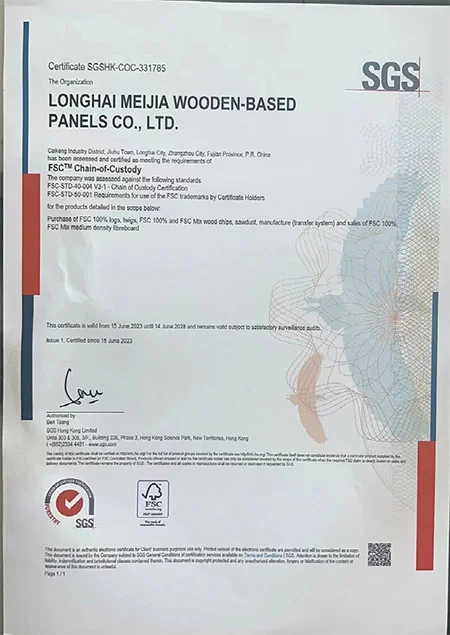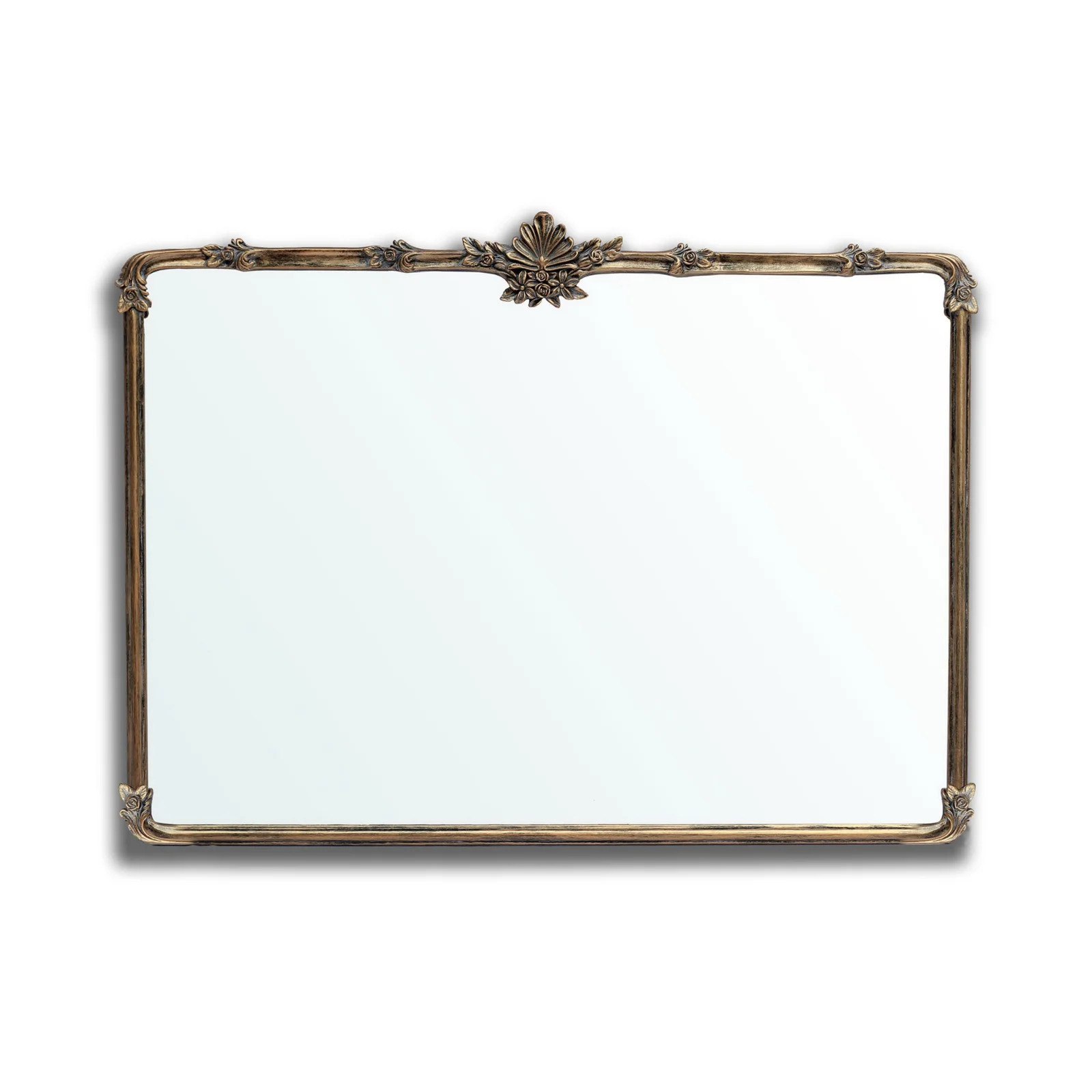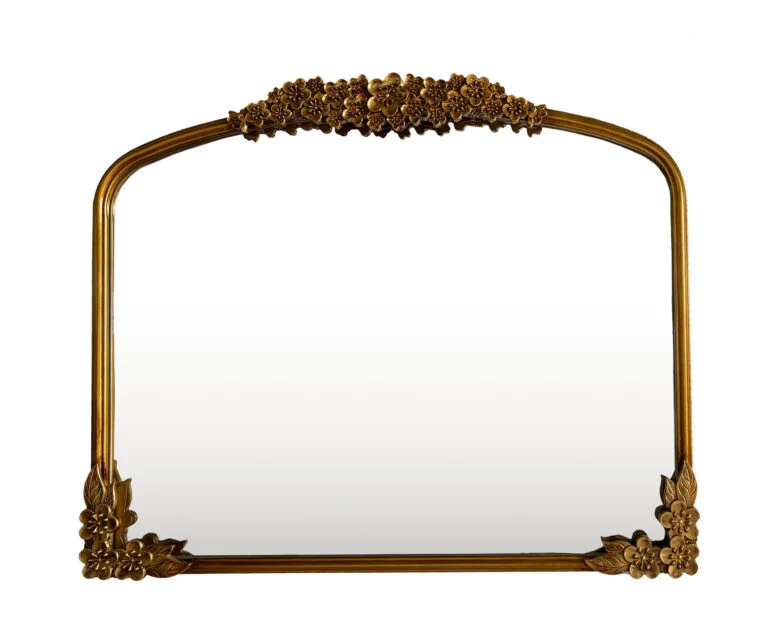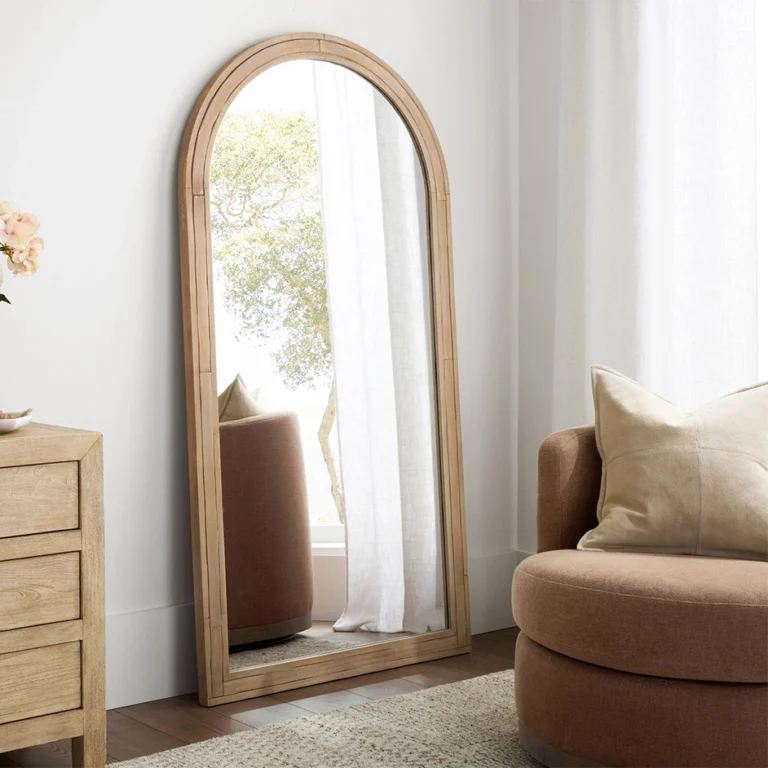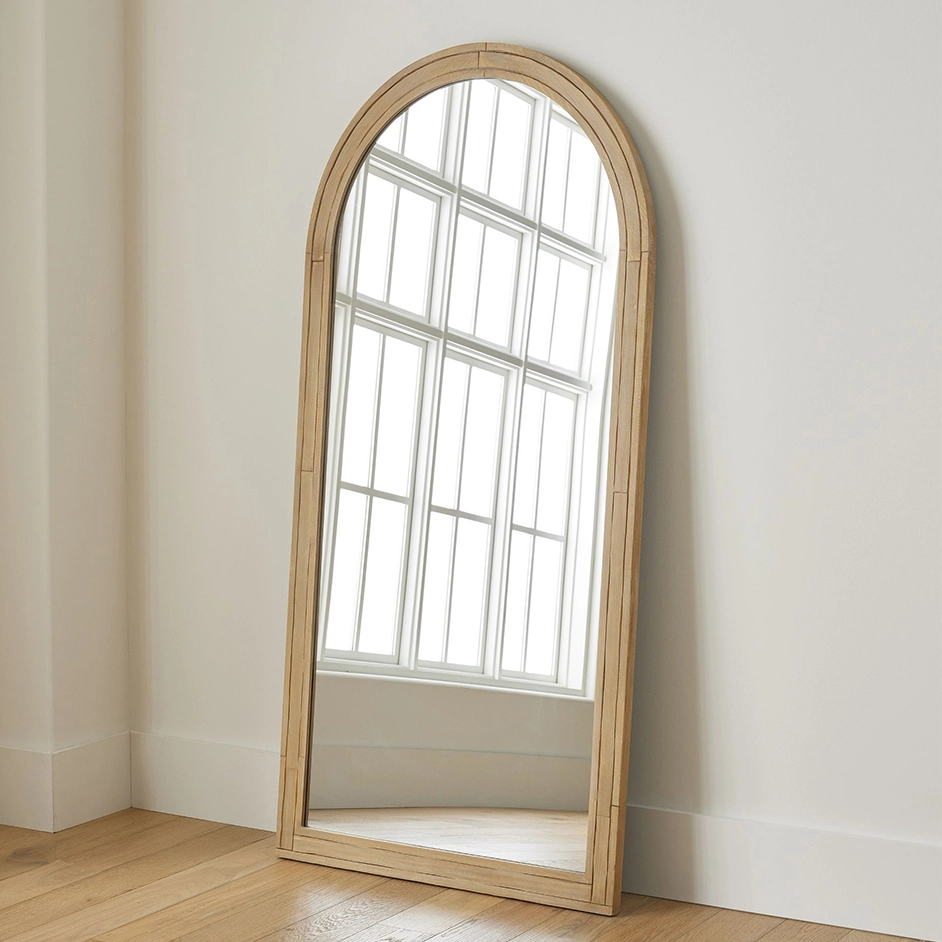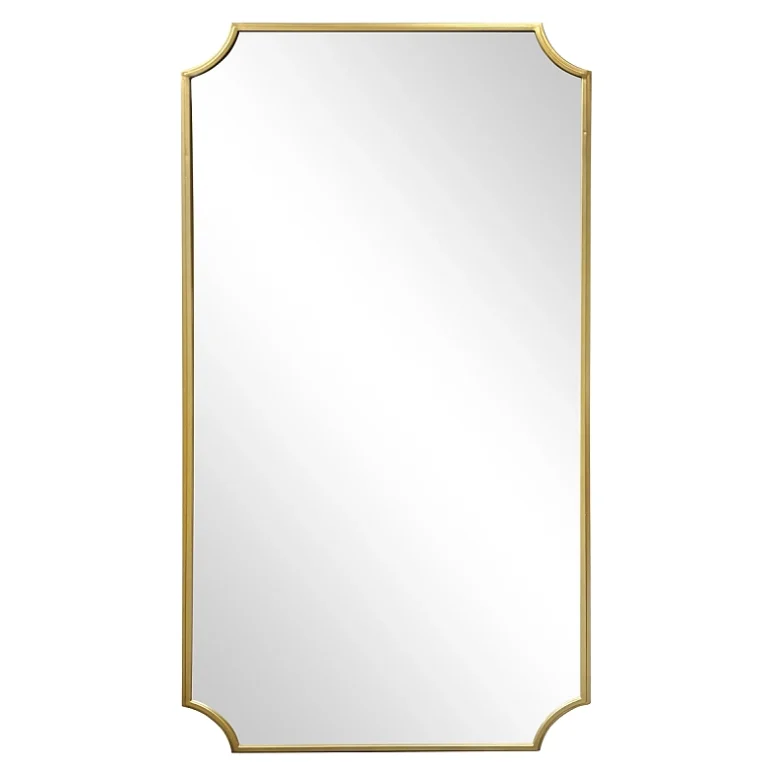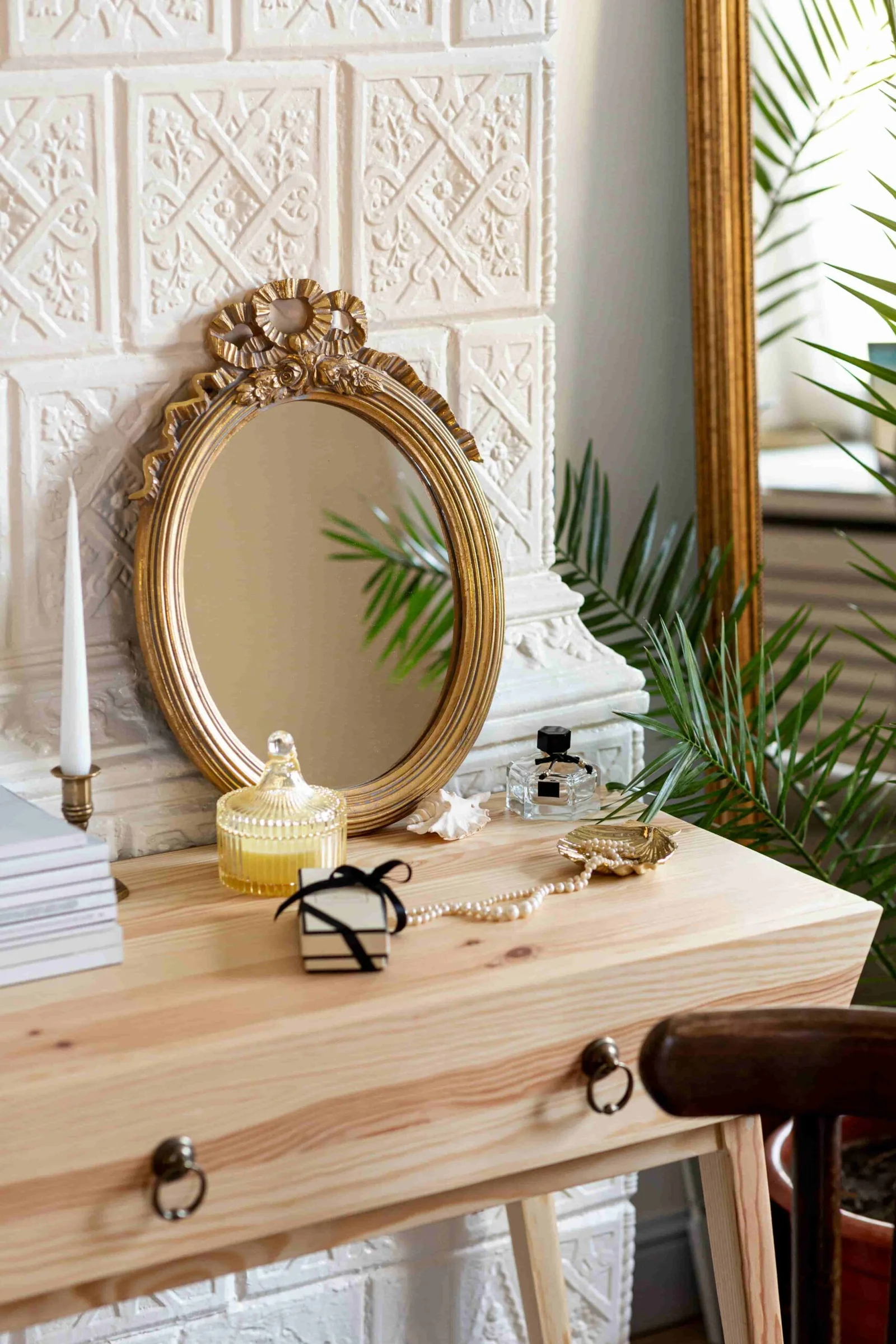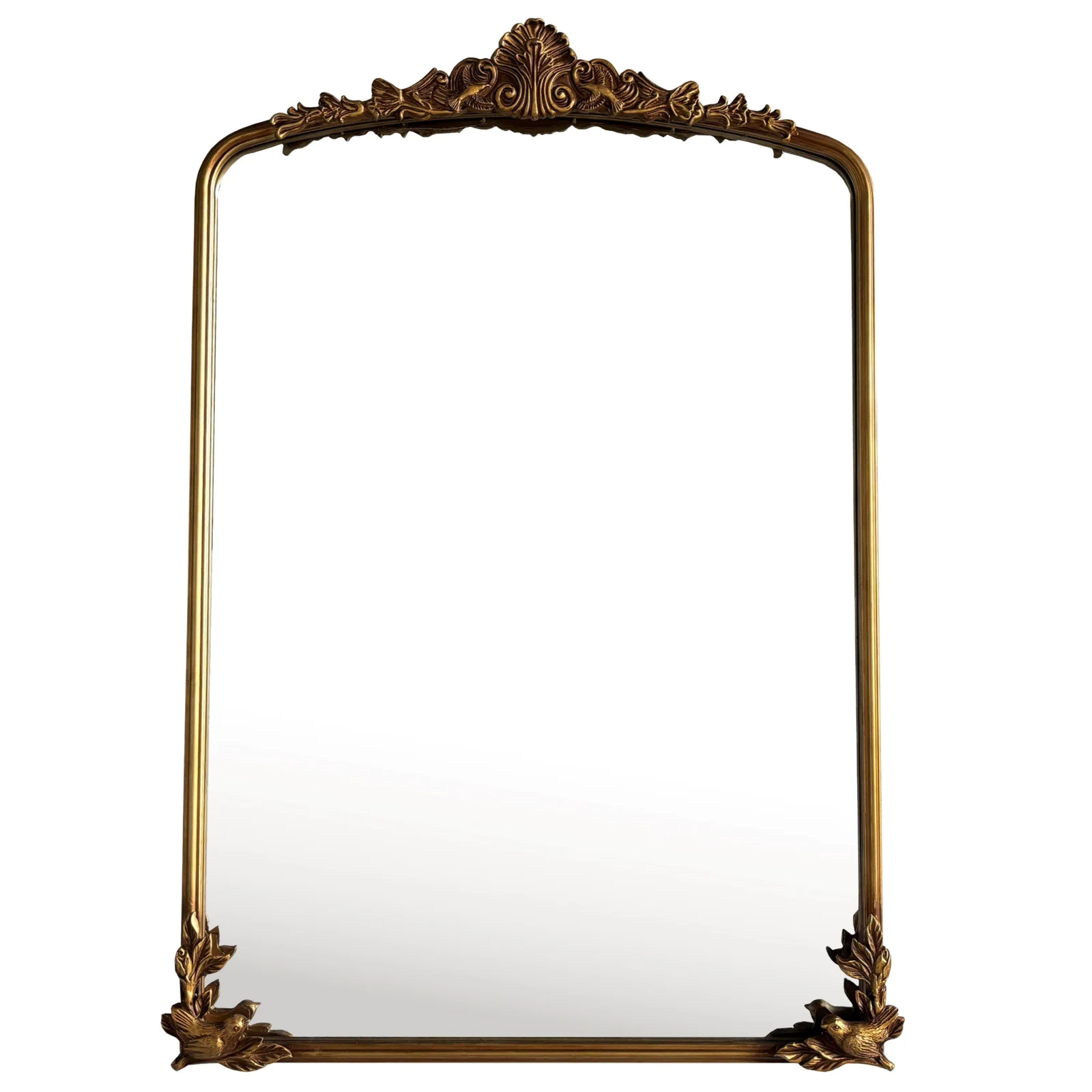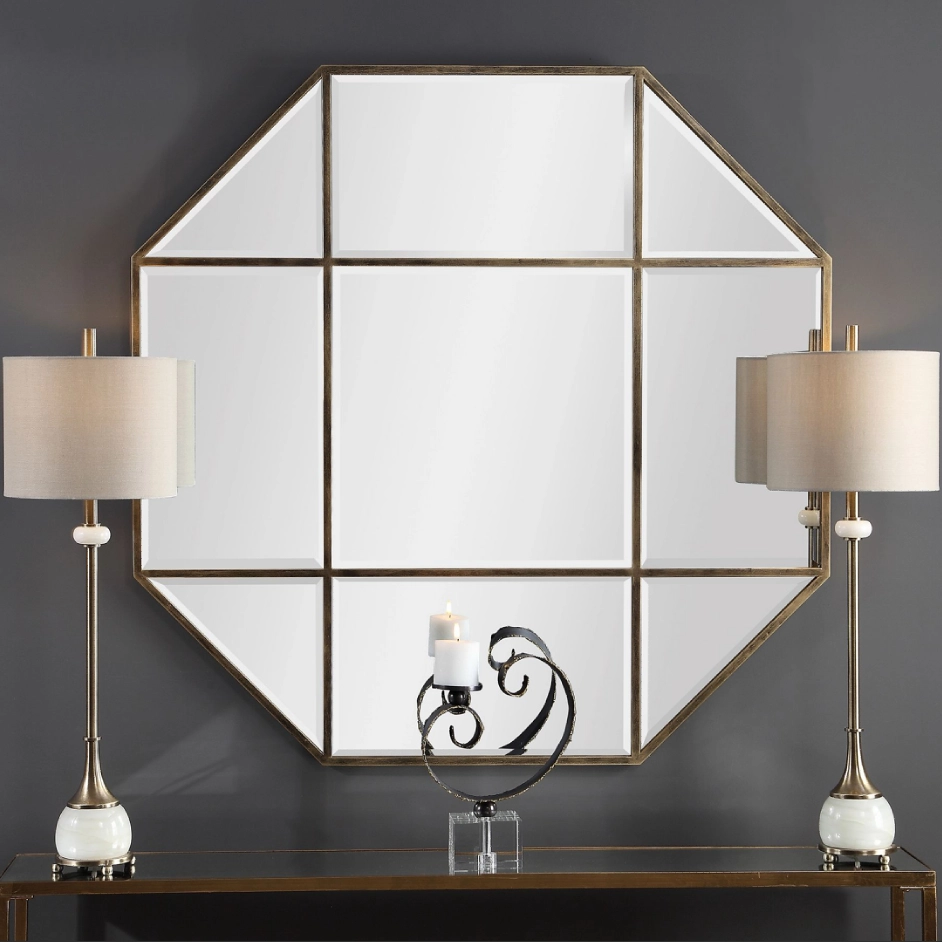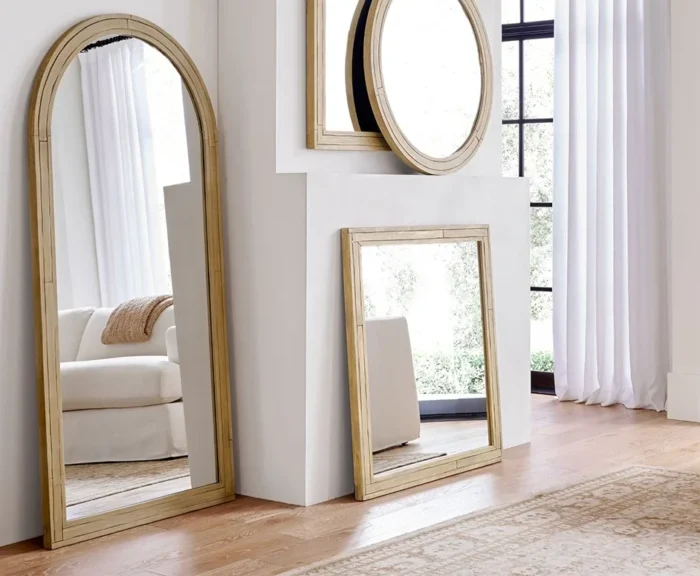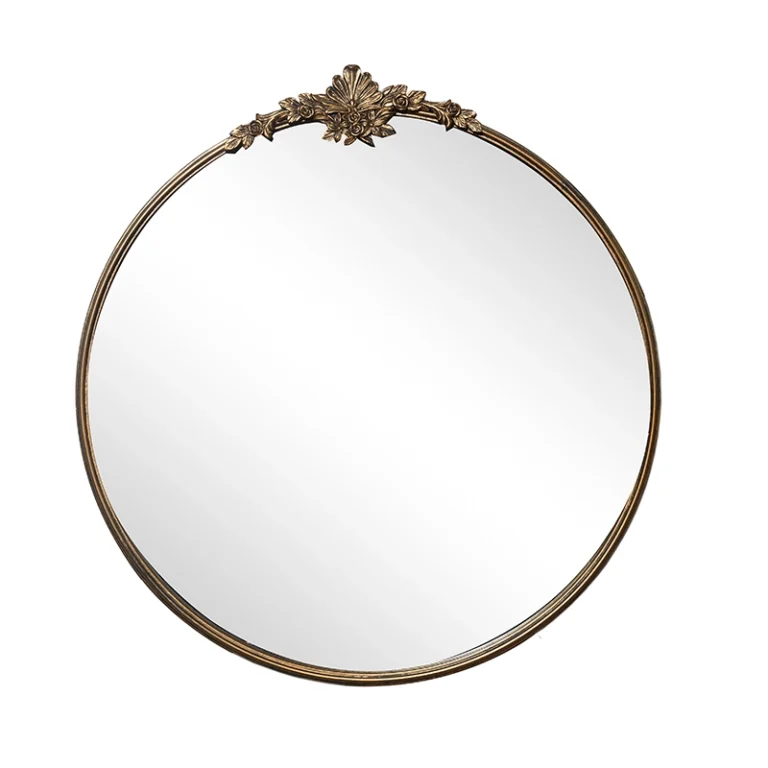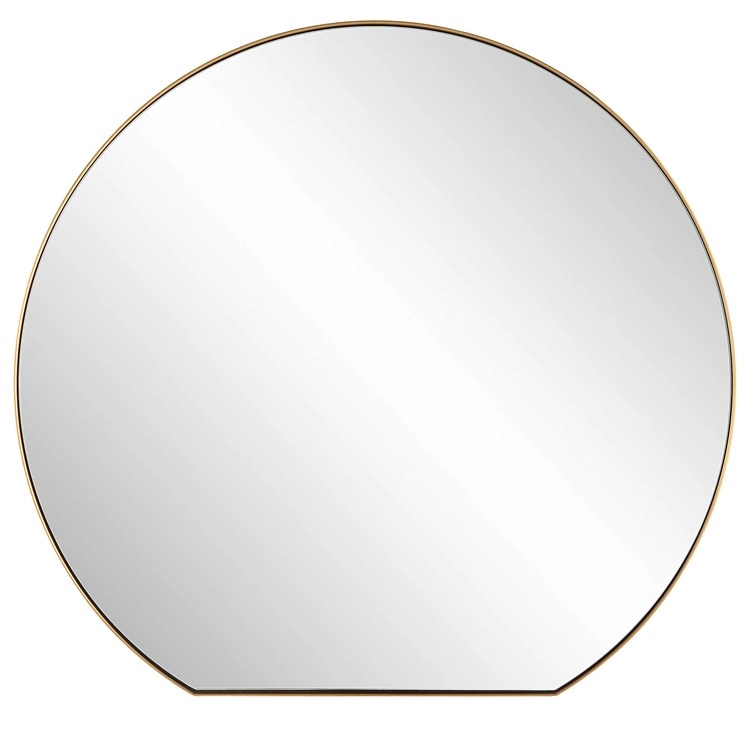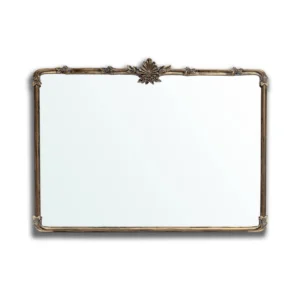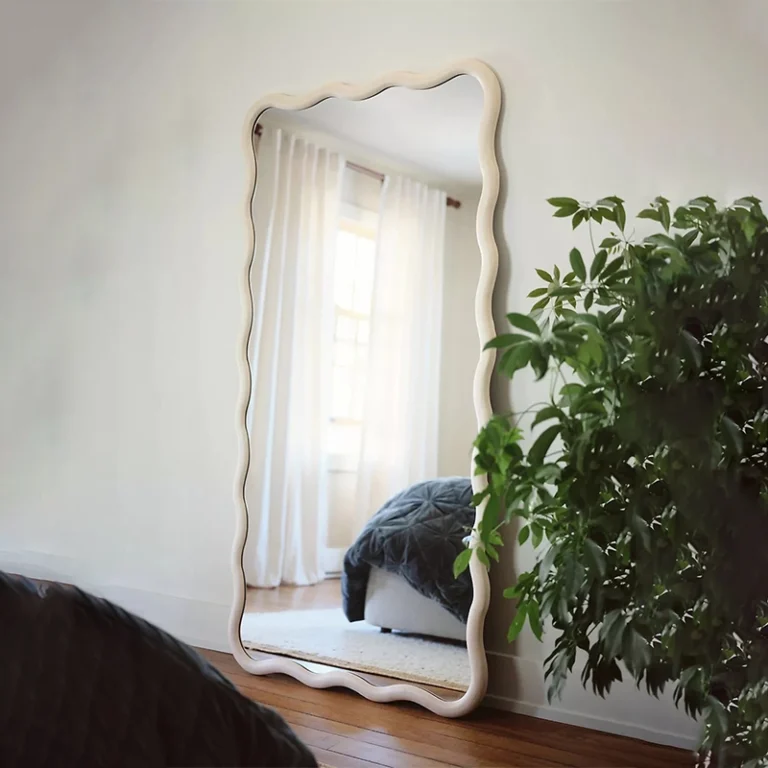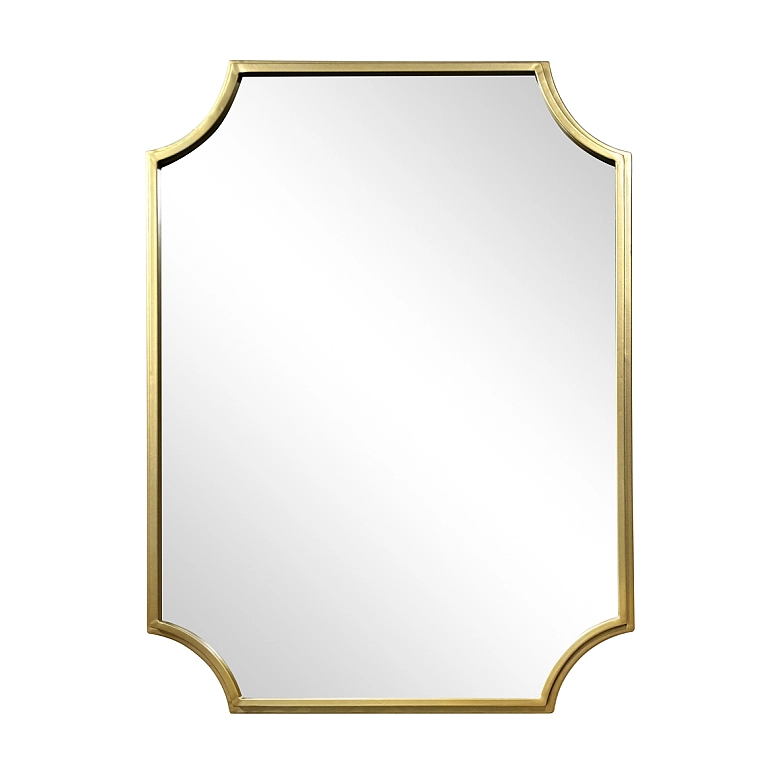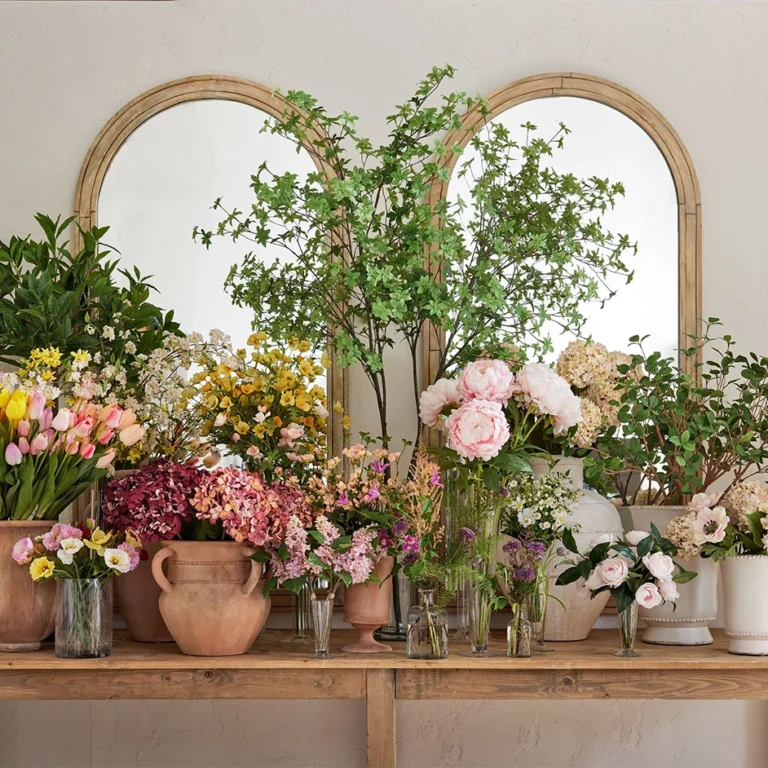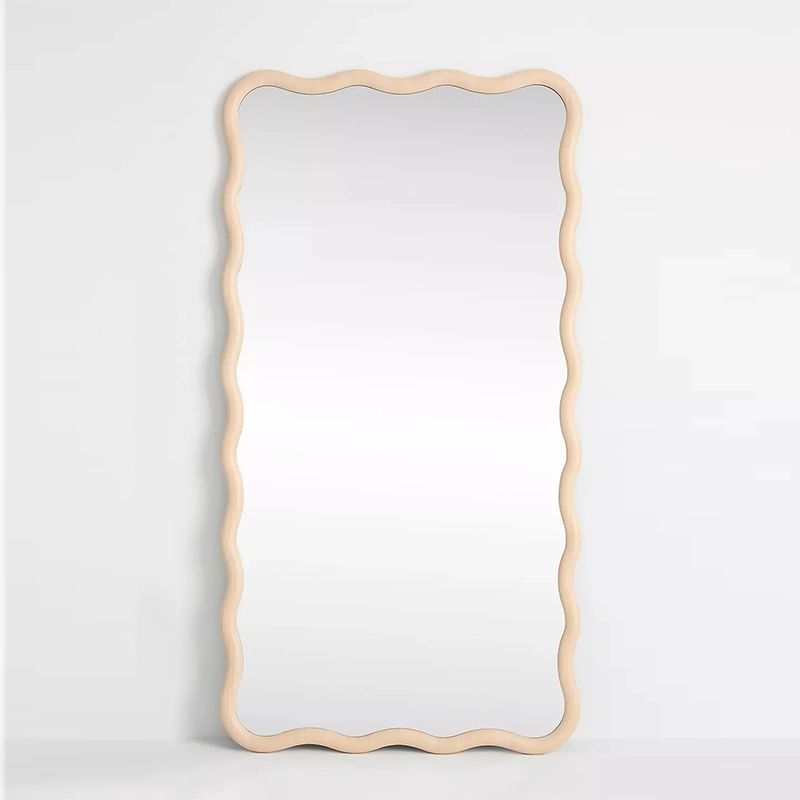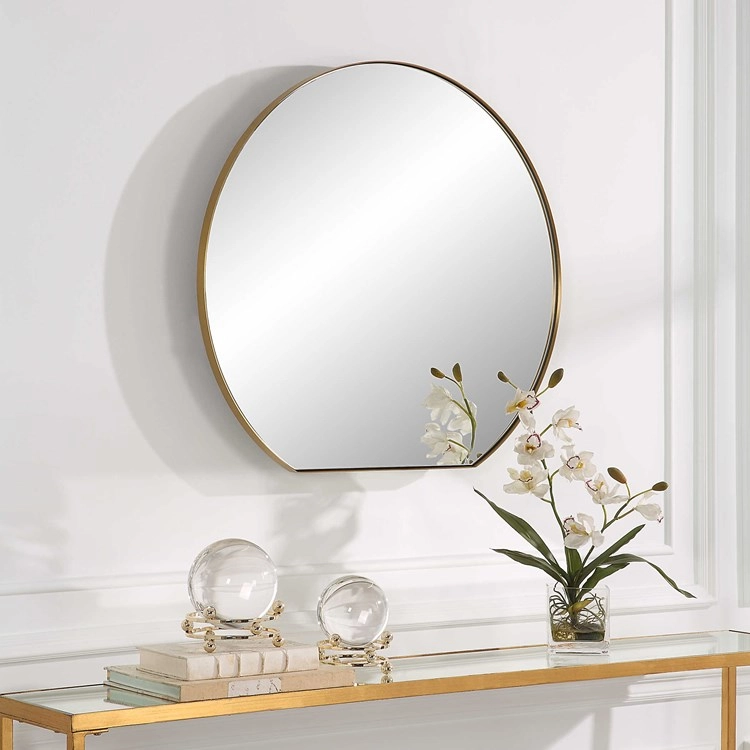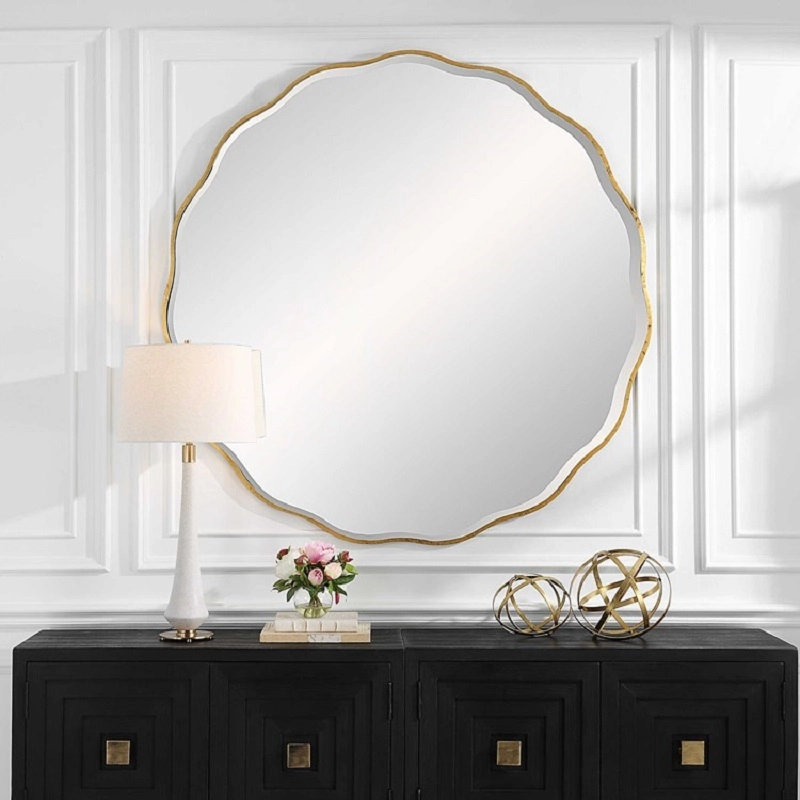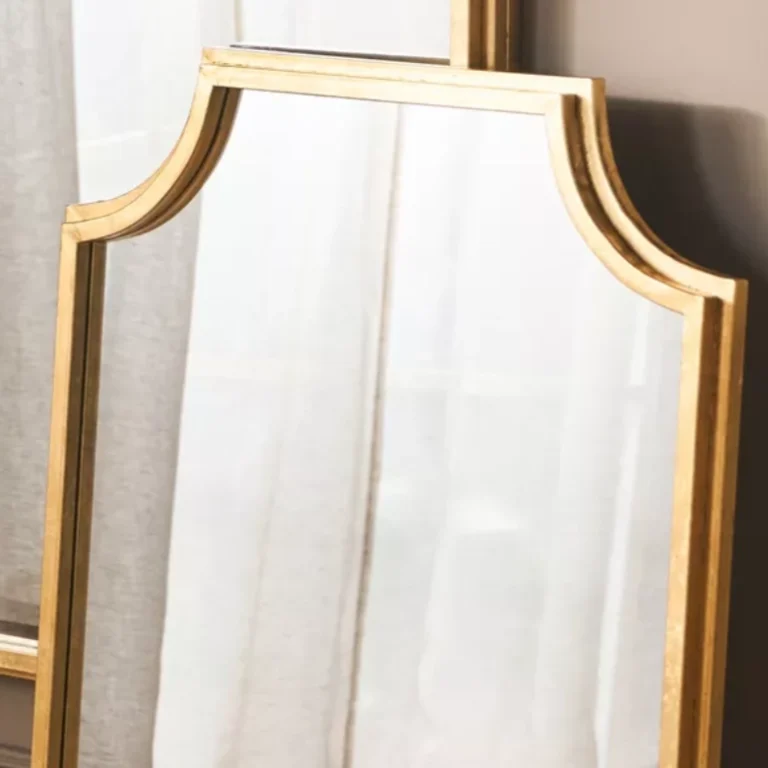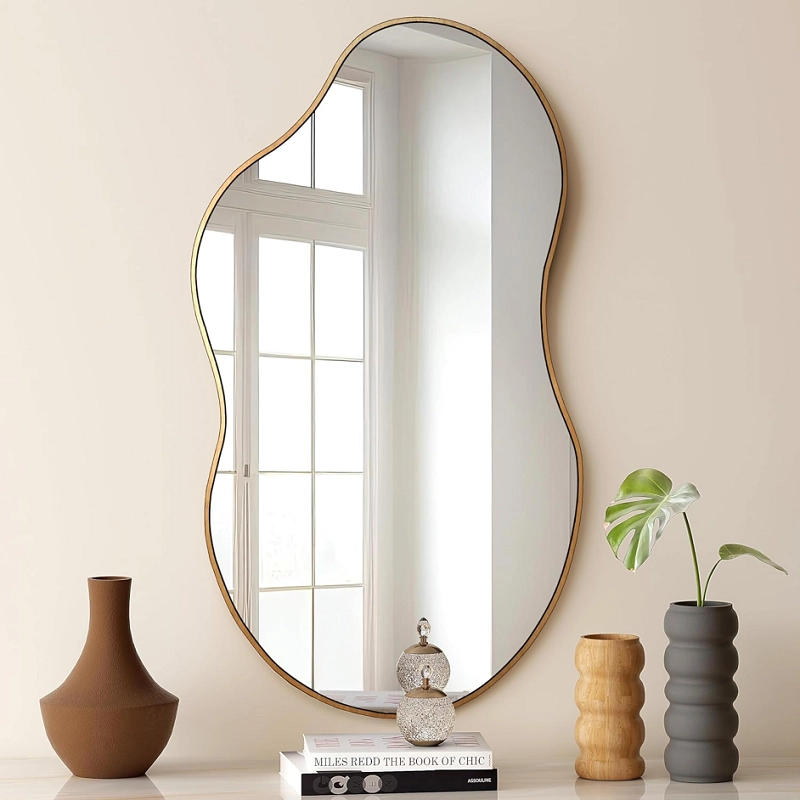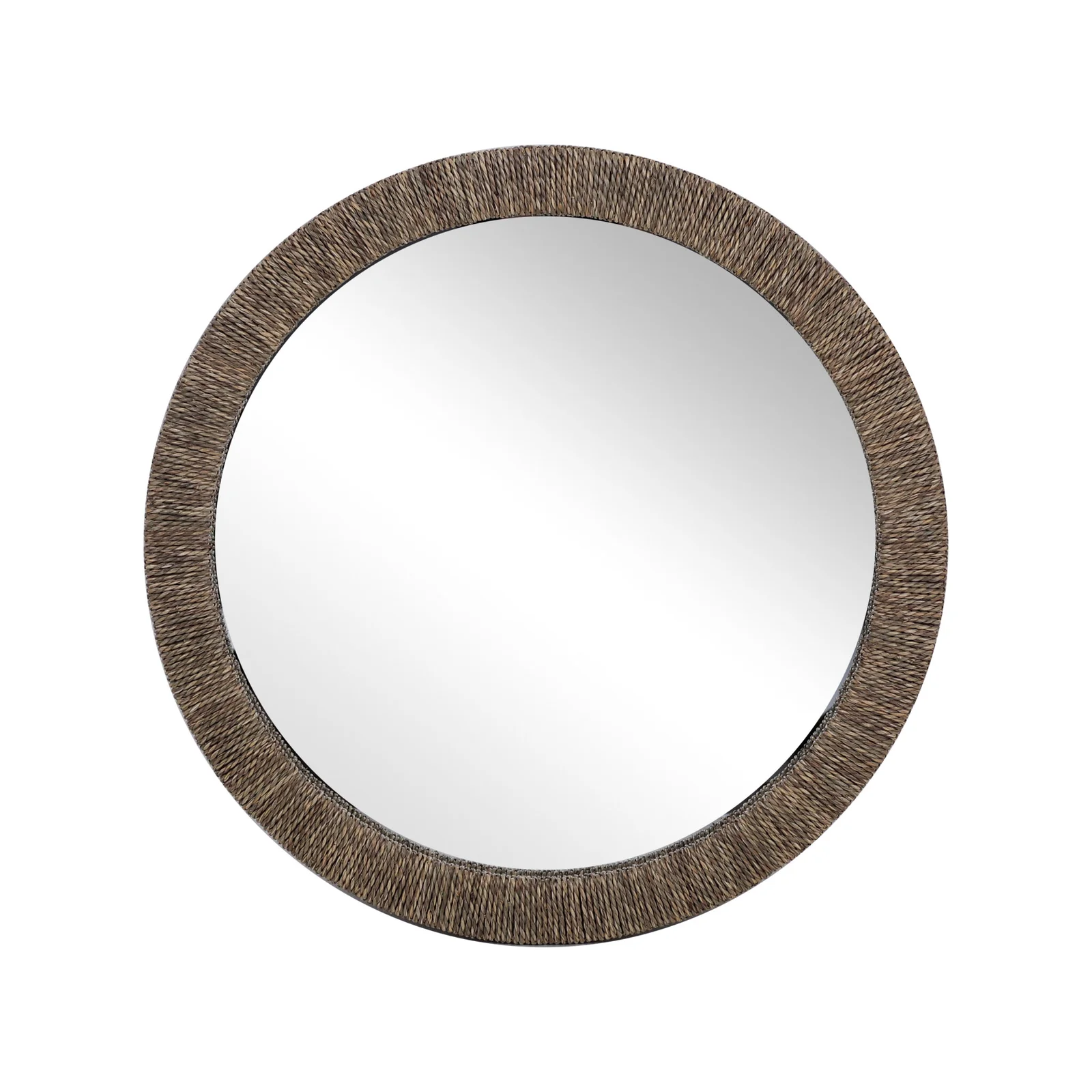French Baroque mirrors
Of course! French Baroque mirrors are magnificent objects that encapsulate the drama, grandeur, and artistic ingenuity of 17th and early 18th-century France. They are far more than just functional items; they are statements of power, wealth, and supreme craftsmanship.
Here’s a detailed overview of their history, characteristics, and key types.
The Historical Context: Why France? Why Baroque?
The French Baroque style, particularly during the reign of Louis XIV (the “Sun King,” 1643-1715), was a deliberate tool of statecraft. The king used art and architecture to glorify his absolute monarchy and demonstrate France’s cultural and political supremacy over the rest of Europe, including rivals like Italy.
The epicenter of this was the Palace of Versailles. The Hall of Mirrors (Galerie des Glaces), designed by Jules Hardouin-Mansart, is the most famous example. Its 357 mirrors were not just decorative; they were a stunning technological and political achievement. At the time, Venice had a monopoly on mirror production. By establishing the Manufacture Royale de Glaces de Miroirs (which later became Saint-Gobain), France broke that monopoly, making large, high-quality mirrors a symbol of national pride.
Key Characteristics of French Baroque Mirrors
French Baroque design is all about power, movement, and opulence. You can identify a Baroque mirror by these features:
-
Dramatic, Sculptural Frames: The frame is the star. It’s not a simple border but a deeply carved, three-dimensional work of art.
-
Motifs and Symbolism:
-
Naturalistic Elements: Acanthus leaves, oak leaves, laurel branches, flowers, and fruit (often in cascading garlands).
-
Sun Motifs: The face of the Sun God (Apollo) or radiating sunbursts, directly referencing Louis XIV.
-
Classical Influence: Masks, cherubs (putti), mythological figures, and female faces.
-
Heraldic Symbols: Fleur-de-lis (the royal flower of France), eagles, and monograms.
-
Abstract Forms: Cartouches (oval or shield-shaped ornamental frames), S-scrolls, and C-scrolls.
-
-
Gilding: Almost universally, frames were lavishly gilded with ormolu (bronze doré). This is a technique where finely cast bronze mounts are fire-gilded with mercury, resulting in an incredibly rich, durable, and luminous gold finish. The gilding would catch the flickering light from candles, amplifying the mirror’s dazzling effect.
-
Shape and Size: While ovals and rectangles were common, the frames themselves were rarely simple. They were heavy, substantial, and designed to be the focal point of a room.
Famous Types of French Baroque Mirrors
Several distinct styles emerged during this period, often named after the monarchs who popularized them.
1. The Louis XIV Mirror (c. 1643-1715)
This is the quintessential Baroque mirror: imposing, symmetrical, and majestic.
-
Characteristics: Strict, monumental symmetry. The design is often centered around a dominant motif at the top (like a sunburst or a cartouche). The frames are massively carved with classical motifs—laurel wreaths, acanthus leaves, and trophies of arms. The overall impression is one of disciplined power and grandeur.
2. The Trumeau Mirror
A highly distinctive and functional architectural mirror.
-
Characteristics: A tall, vertical mirror designed to be placed between two windows (trumeau means “pier wall” in French). It is typically divided into two parts:
-
The Upper Section: A painted or sometimes carved panel, often with a mythological, allegorical, or gallant scene.
-
The Lower Section: The actual mirror.
-
-
Purpose: It amplified light from the windows and added artistic decoration to a blank wall space. They became incredibly popular and continued to be made well into the Neoclassical period.
3. The Girandole Mirror (emerged late Baroque / early Rococo)
A precursor to the lighter Rococo style, often associated with the later years of Louis XIV and the Regency period.
-
Characteristics: A convex mirror (bull’s eye) set in a carved and gilded frame. Its most defining feature is the presence of scrolling arms (bras de lumière) designed to hold candles. The frame is often adorned with eagles, dolphins, leaves, and ribbons. It was both a mirror and a primary source of light for a room.
-
Note: While often associated with Baroque, the Girandole reached its peak popularity in the subsequent Rococo and Neoclassical periods.
The Legacy and Evolution
The heavy, symmetrical grandeur of the Louis XIV style began to relax even before the king’s death. The period that followed, the Régence (1715-1723), acted as a transition. The strict symmetry gave way to more playful, asymmetric curves, and motifs became lighter (shells, rocks – rocaille). This evolution blossomed into the full-blown Rococo style of Louis XV, which retained the opulence of the Baroque but replaced its power with whimsy and delicacy.
How to Identify an Authentic Antique vs. a Reproduction
-
Weight: Authentic period mirrors are extremely heavy due to the thick glass and solid wood carver core under the gesso and gilding.
-
Glass: The glass will have imperfections—a slight waviness, a greyish or smoky tint, and possibly small black spots (air bubbles). The silvering on the back will be worn and aged.
-
Gilding: Look for variations in gold color and wear patterns that make sense (e.g., more wear on high points). Modern gilding is often too perfect and uniform.
-
Construction: The back will show age, with old labels, rusted screws, and handmade nails. The frame will be made of multiple pieces of wood joined together, not a single molded piece.
French Baroque mirrors remain the ultimate symbol of opulent European decoration. Their dramatic presence continues to inspire designers and collectors, serving as a powerful focal point in both classic and modern interiors.
Generally speaking, our order requirements are as follows: the minimum order quantity (MOQ) for large items is 50 pieces, for regular items it is 100 pieces, for small items it is 500 pieces, and for very small items (such as ceramic decorations) the MOQ is 1,000 pieces. Orders exceeding $100,000 will receive a 5% discount. The delivery timeline is determined based on the specific order quantity and production schedule. Typically, we are able to complete delivery within two months.
